Lam Son sugarcane raw material area - where the emission reduction farming model is implemented.
Low-emission sugarcane farming model - The inevitable direction of modern agriculture
The Lam Son sugarcane carbon emission reduction project is the result of cooperation between Lasuco and two prestigious corporations from Japan. The goal is to build an environmentally friendly production model, contributing to reducing greenhouse gases and protecting land resources. Instead of using traditional farming methods that easily cause soil degradation and high emissions, the project guides farmers to apply sustainable techniques. Typically, not burning sugarcane leaves after harvest, utilizing by-products to enrich the soil, increasing the use of organic fertilizers, and reducing chemical fertilizers. These solutions help save input costs, maintain stable productivity, and improve soil quality.
Lasuco and Japanese partners signed a contract to implement the Lam Son Sugarcane Raw Material Area Carbon Emission Reduction Project.
When the project is recognized and granted carbon credits according to international standards, sugarcane growers and businesses will have the opportunity to participate in the voluntary carbon market. This is a new financial mechanism, helping to create additional revenue from agricultural cultivation activities, opening up a sustainable development direction for the Vietnamese sugarcane industry.
Speed up document completion and field verification
As of mid-May 2025, the project has completed the project description document (PDD) to register for the waiting list on the Verra system - one of the world's leading prestigious standard systems for carbon credits. The dossier focuses on key technical contents such as: reducing the use of synthetic nitrogen fertilizers, using organic fertilizers, not burning post-harvest residues, and extending the sugarcane root cycle to increase carbon accumulation in the soil.
Representatives of the three parties conducted a field survey at Lam Son sugarcane raw material area.
During the tripartite visit, experts conducted a field inspection to assess the implementation conditions and data collection methods. The MRV (Measurement - Reporting - Verification) system is being implemented by Lasuco to ensure transparency and accuracy throughout the project's operational cycle.
In particular, satellite technology is integrated into the monitoring system, helping to continuously monitor developments in the raw material area and ensure that input information is updated in real time. The project is currently being piloted on a scale of more than 500 hectares. Initial results show clear effectiveness: emissions are reduced, soil is improved, production costs are reduced, and farmers are motivated to change their models.
Representatives of the parties discussed at the conference to evaluate the results of the first phase of the project.
Also in May, the remaining technical items such as: determining the emission baseline, the scope of indirect emission monitoring (Scope 3), the radius of organic fertilizer collection, the responsibilities of the parties in the monitoring and verification process... will continue to be completed. The goal is to ensure the timely submission of documents, aiming to be granted international carbon credits as soon as possible. Participating in the voluntary carbon credit mechanism (VCM) will enhance the reputation of Lam Son sugarcane value chain, while opening the door to access global green finance sources.
In the context of Vietnam's agriculture being strongly affected by climate change, this is considered a strategic step, proactively adapting and transforming towards sustainable development. Lasuco aims to turn Lam Son sugarcane raw material area into a model of low-emission agriculture in Vietnam, thereby expanding the scale of implementation to tens of thousands of hectares in the coming time. Not only stopping at economic benefits, the project also contributes to raising public awareness of environmentally friendly farming, promoting the trend of "green growth" in the agricultural sector.
With the support of international partners, modern technology platforms and the determination of businesses, the journey to conquer carbon credits from Lam Son sugarcane area is entering an accelerated phase. This is not only a positive signal for the sugarcane industry, but also a clear demonstration of the ability of Vietnamese agriculture to integrate into the global green development flow.
Article and photos: Ngoc Lan
Source: https://baothanhhoa.vn/vung-mia-lam-son-tang-toc-gat-tin-chi-carbon-nbsp-248969.htm


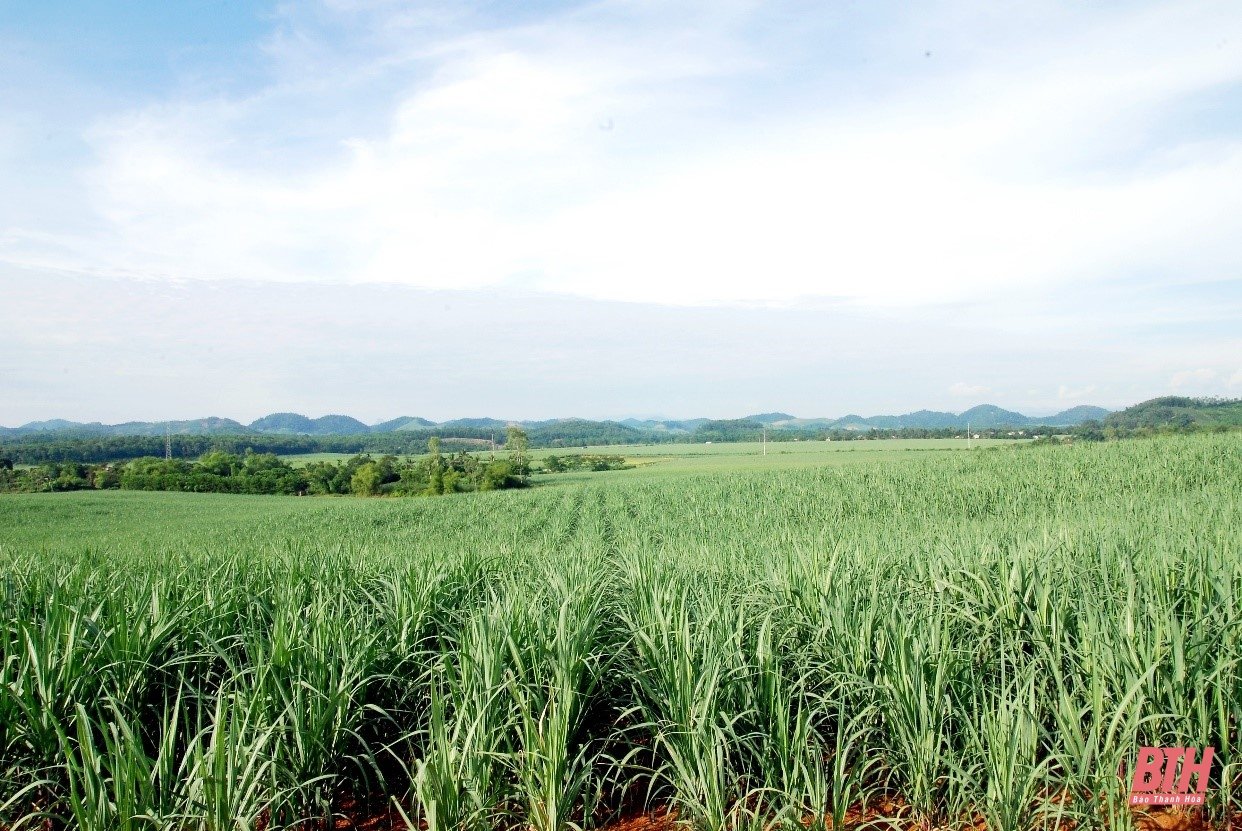
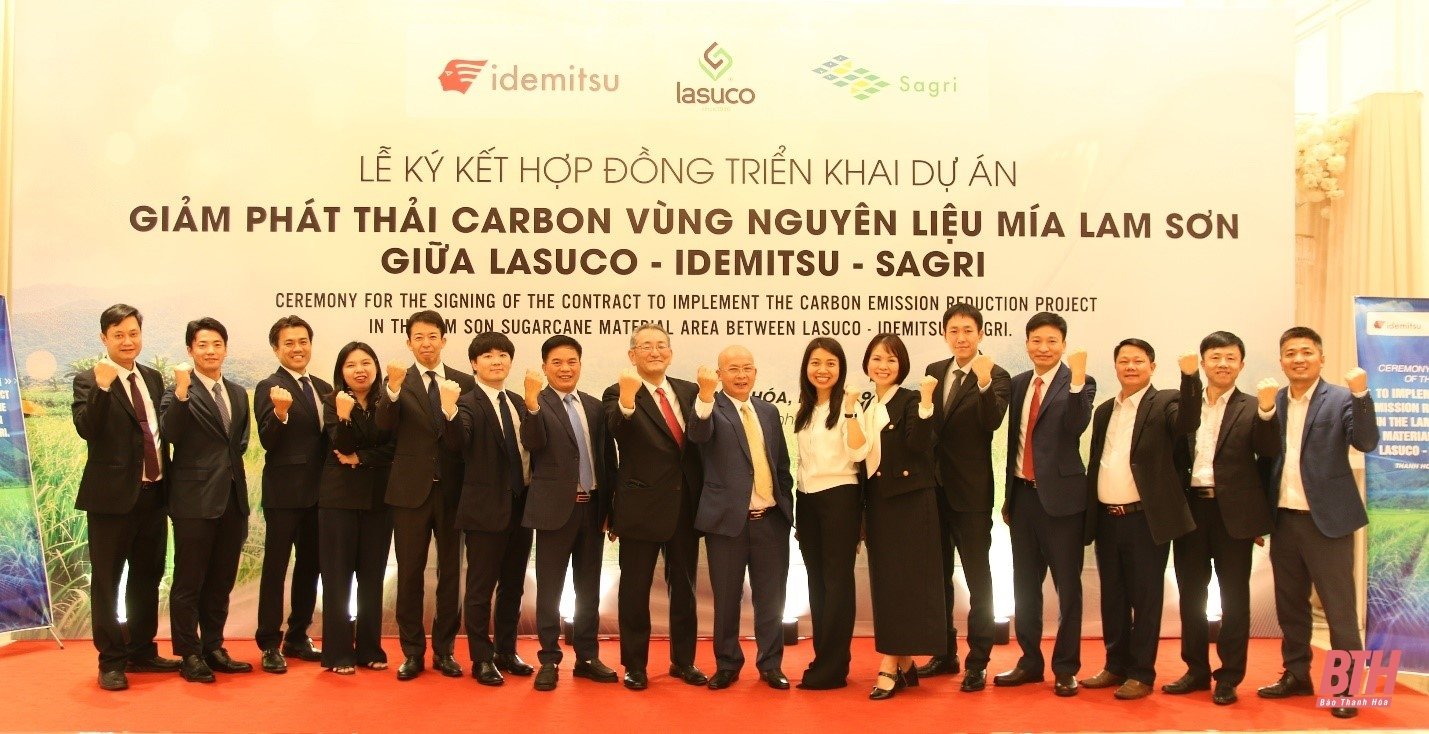
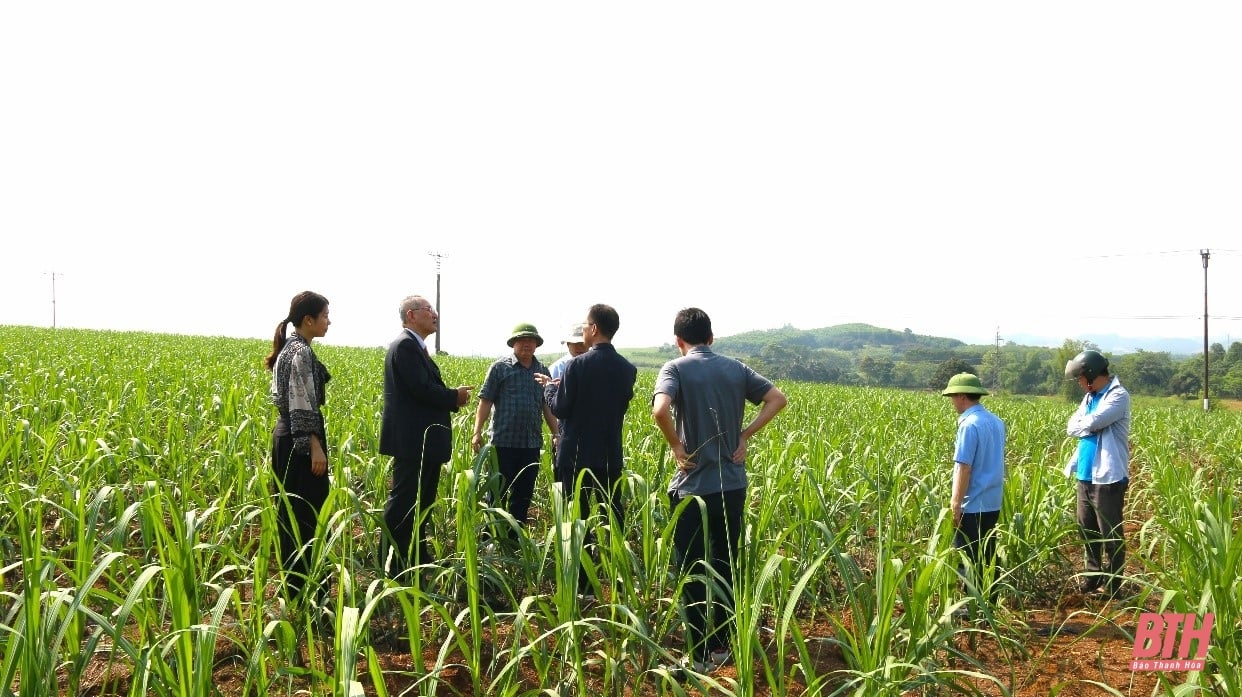
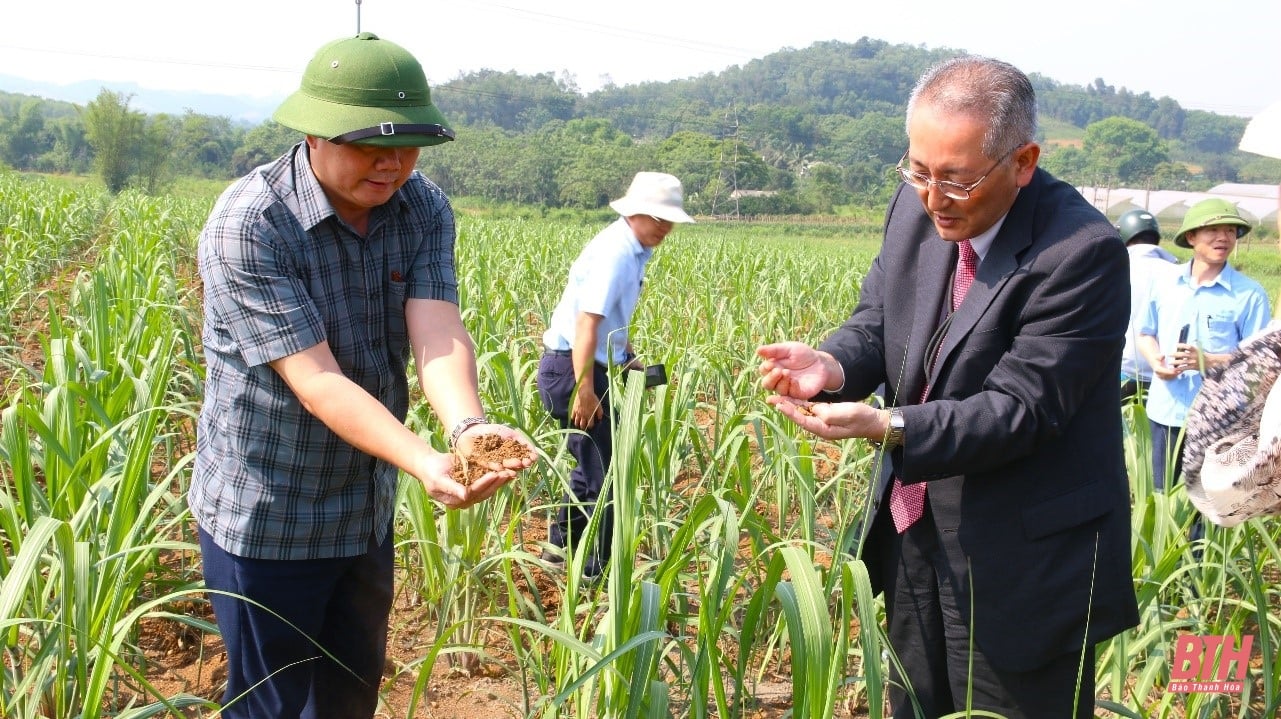
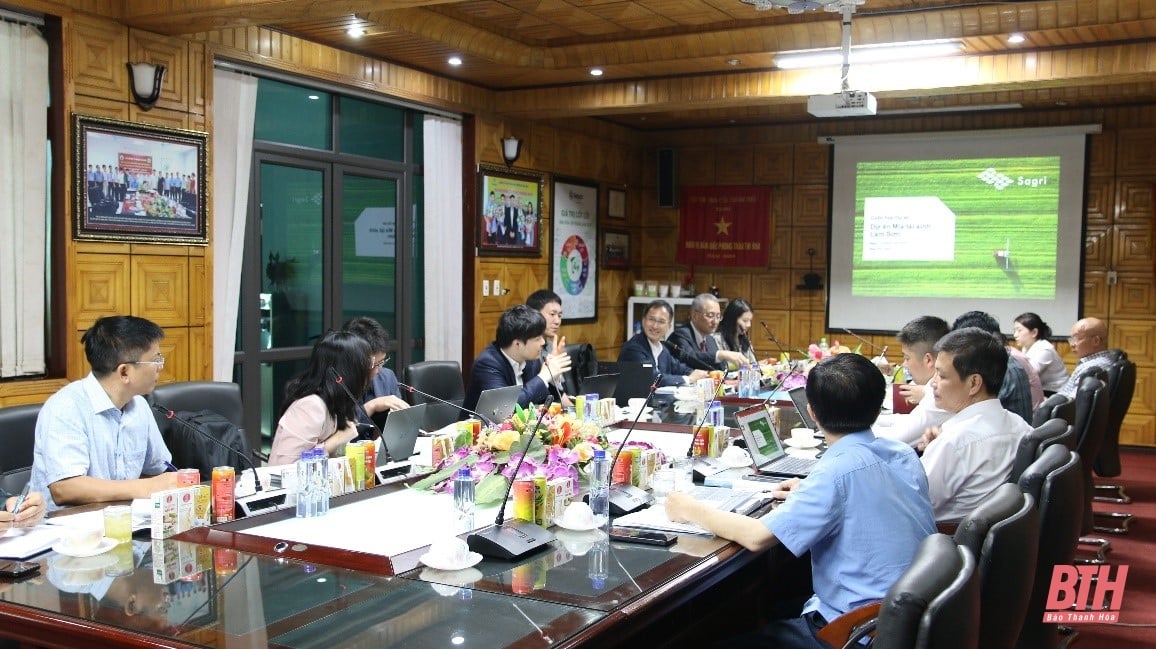

![[Photo] The Government Standing Committee works with ministries and branches on the real estate market situation.](https://vphoto.vietnam.vn/thumb/1200x675/vietnam/resource/IMAGE/2025/5/24/e9b5bc2313d14c9499b8c9b83226adba)

![[Photo] Ho Chi Minh City holds funeral for former President Tran Duc Luong](https://vphoto.vietnam.vn/thumb/1200x675/vietnam/resource/IMAGE/2025/5/24/9c1858ebd3d04170b6cef2e6bcb2019e)




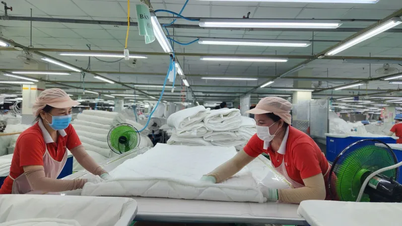
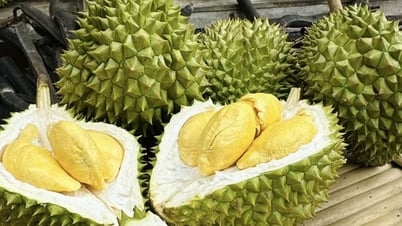

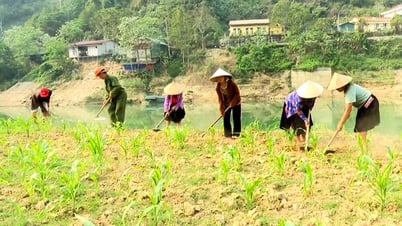


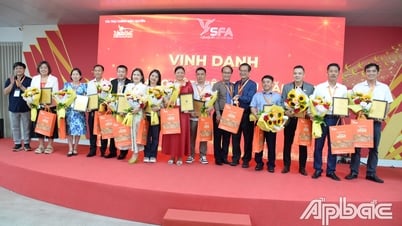




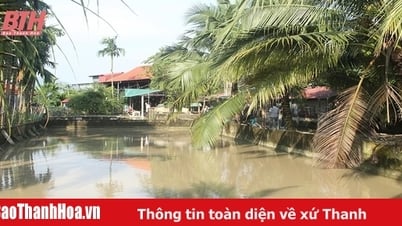

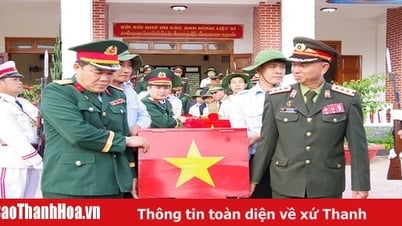
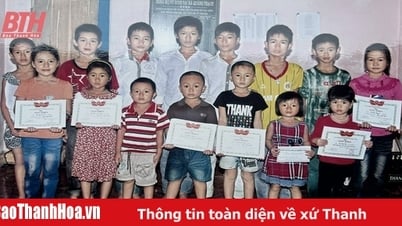

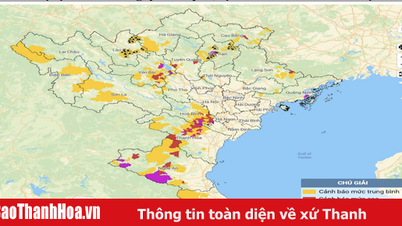

![[Photo] Party and State leaders visit former President Tran Duc Luong](https://vphoto.vietnam.vn/thumb/1200x675/vietnam/resource/IMAGE/2025/5/24/960db9b19102400e8df68d5a6caadcf6)


































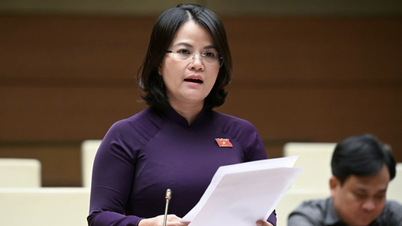
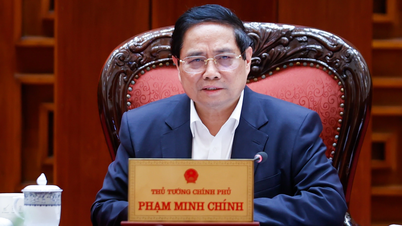










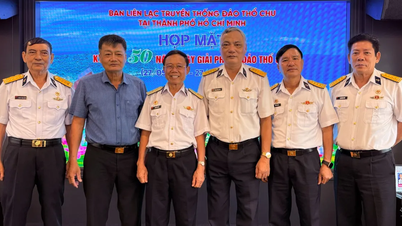

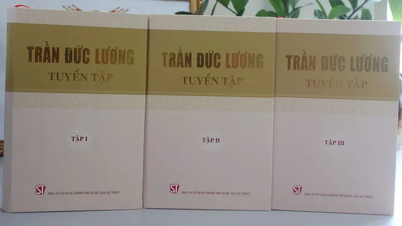
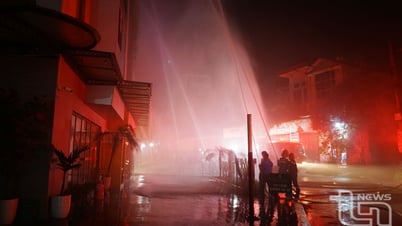












Comment (0)